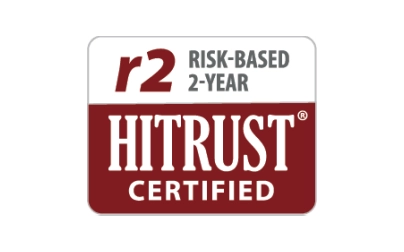From the hurricanes in the south to the wildfires in the west, this year’s string of natural disasters is expected to increase the prevalence of mental health conditions among the populations exposed to these devastating events.
When it came to Hurricane Sandy, researchers found that many of the individuals impacted experienced high levels of behavioral health issues in the storm’s immediate aftermath and in the years following, including post-traumatic stress disorder (PTSD), anxiety and depression.
Other studies of natural disaster survivors have also shown a rise in immediate and lasting mental health conditions, such as chronic depression and substance abuse.
Today, with a growing number of people in need of support, it’s more critical than ever for behavioral health treatment options to be widely available and accessible. Especially considering that one in five U.S. adults experience a mental health condition every year, yet many go undiagnosed and untreated. In fact, nearly 60 percent of adults with a mental illness don’t receive treatment.
Roadblocks to Care
Without easy access to behavioral health services, many people will forgo care, especially if they face barriers such as time or mobility constraints, lack of reliable or affordable transportation, or long travel times to a provider’s office.
Additional obstacles, like treatment costs, low-perceived need, pride and stigma, also prevent people from accessing mental health services.
The country’s growing provider shortage is also a major roadblock.
Insufficient Provider Pool
The nation’s behavioral health workforce, including psychiatrists, psychologists, social workers, counselors and psychiatric nurses, is woefully insufficient. In states with the greatest shortage, there is only one mental health professional per 1,000 individuals.
More than 4,600 areas and population groups across the U.S. have been designated as Mental Health Care Health Professional Shortage Areas. Americans living in rural and inner-city areas often face the greatest difficulty accessing a practitioner.
With supply unable to meet demand, people often encounter prolonged wait times when attempting to schedule an appointment. One study found that the average wait time for a first visit with a psychiatrist was 25 days.
Delayed provider access can result in patients postponing treatment, which can cause a condition to escalate ultimately increasing utilization of other healthcare services and the overall cost of care.
Virtual Consults Improve Care Access
By providing mental health services remotely via video and phone, virtual behavioral health services (also referred to as telebehaviorial health, telepsychology, telepsychiatry and telemental health) are becoming an increasingly sought-after remedy for the country’s escalating demand.
A virtual consult with a behavioral health professional removes many of the obstacles that hinder patients from getting treatment.
- Provides anywhere access—often with less wait time than in-person interactions
- Offers greater flexibility and options with appointment times, including evening and weekend sessions
- Eliminates time and money spent traveling to and from appointments
- Decreases the amount of time off from work needed for in-person appointments
- Accommodates patients in areas lacking behavioral health providers
- Increases utilization by addressing patient privacy concerns (e.g., running into an acquaintance in the provider’s waiting room)
- Enlarges the provider pool as its convenience factors encourage practitioners to continue working who might otherwise retire
The ease and convenience of virtual consults help bridge the gap between patients and providers and help ensure individuals in every pocket of the country receive the mental health support they need when they need it.
To learn more about virtual behavioral health services, including Carenet’s 24×7 Virtual Clinic, click here to download our e-book Telehealth: Market Forces Driving Innovative Delivery Models.


